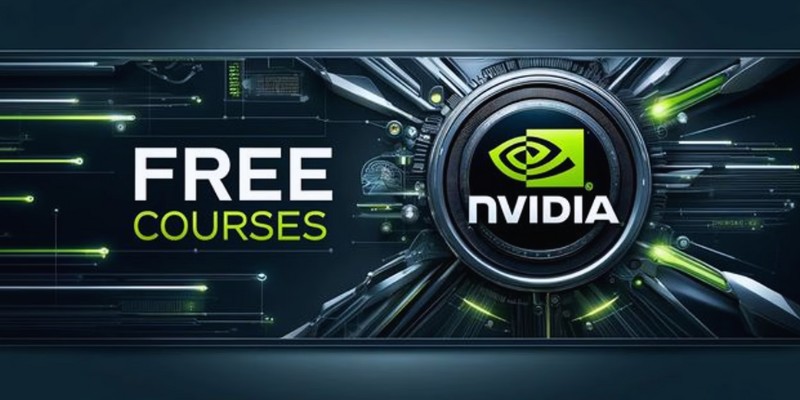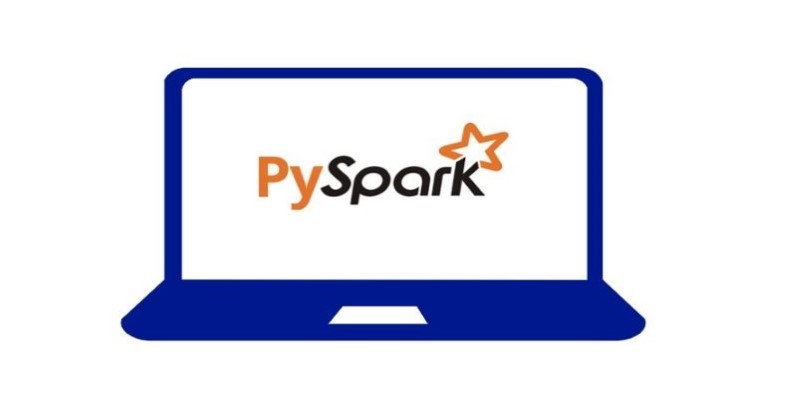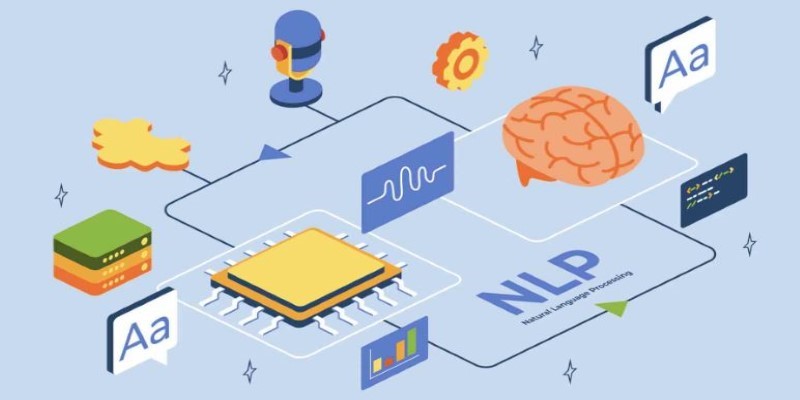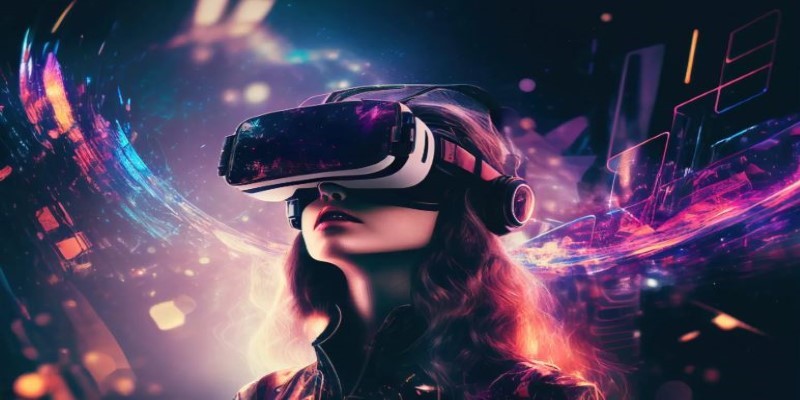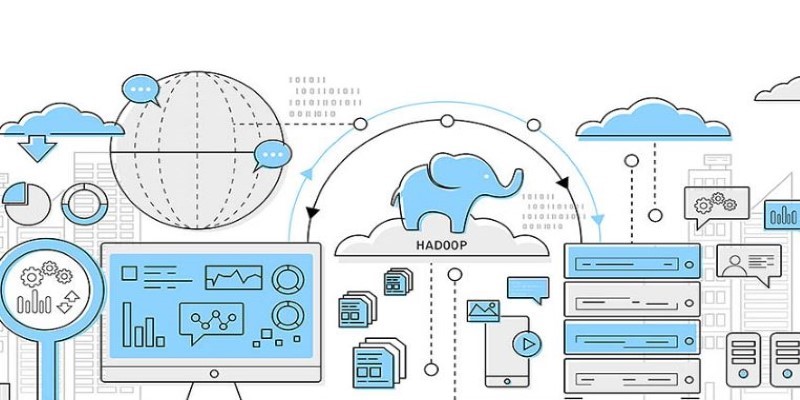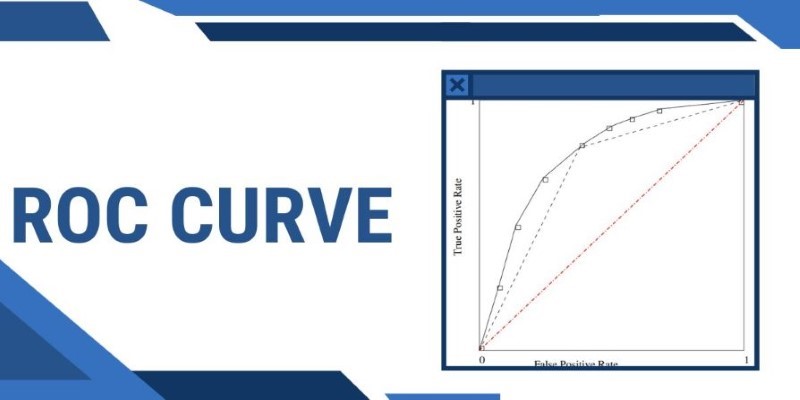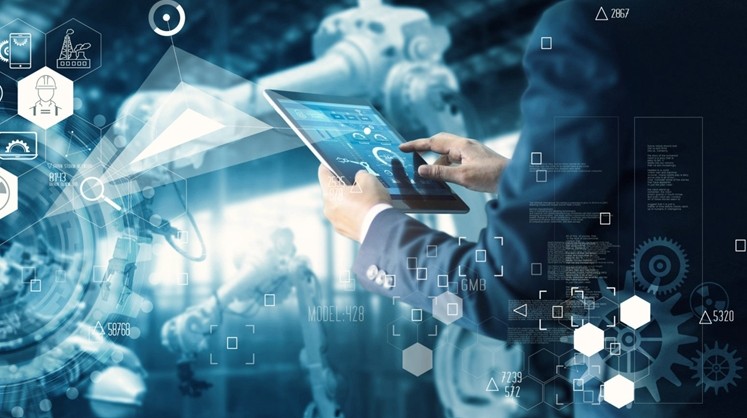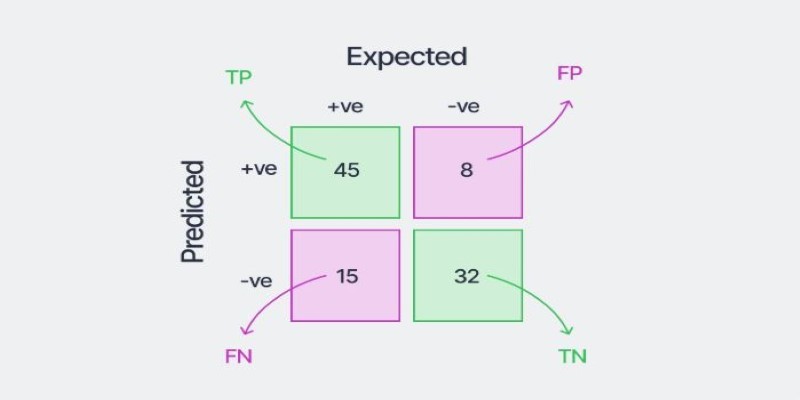Virtual reality has always aimed to create seamless digital worlds, but until recently, something was missing—true responsiveness. Traditional VR tracks head and hand movements, but what about the most natural way we interact with the world? Enter VR eye tracking. This breakthrough technology doesn’t just follow where you move—it follows where you look.
By analyzing subtle eye movements, VR is now able to provide sharper images, improve interaction, and even measure user attention. In gaming, healthcare, or research, this technology is revolutionizing the way we engage with digital environments. But what is it, and why is it so revolutionary?
The Science Behind VR Eye Tracking
At its core, VR eye tracking is a system that tracks and interprets where an individual is looking when they have a headset on. Unlike conventional VR systems that use head movement and hand controllers, this technology records minute eye movements, making interactions smoother and more intuitive. How it works is very straightforward in principle but complicated in practice.
Within a VR headset that has eye tracking, tiny infrared cameras and sensors are placed close to the lenses. The cameras send low-level infrared light, which bounces off the user's eyes. The sensors pick up this reflected light, charting the location and movement of the pupils in real-time. Sophisticated software interprets this information, converting it into accurate eye movement patterns. This implies the system is able to see not only where an individual is focusing but also how their eyes respond to various virtual objects.
The capability to monitor eye movement with such accuracy has opened up a variety of VR applications. It allows for more realistic rendering of environments, improved interaction with digital content, and even an understanding of a user's emotional and cognitive reactions. Such tracking is important for enhancing immersion in gaming, training simulations, and even medical studies.
The Role of Eye Tracking in VR Performance
One of the biggest advantages of VR eye tracking is foveated rendering—a technique that optimizes graphics processing by sharpening only the area where a user is directly looking. Human vision naturally focuses on a small central area while everything else remains in peripheral view. VR eye tracking mimics this by allocating high-resolution rendering to the focal point while reducing detail in other parts of the scene. This dramatically improves performance, allowing VR systems to run smoother without needing excessive computing power.

For gamers, this means sharper visuals where they matter most without the hardware struggling to keep up. In professional applications, such as medical simulations or engineering design, foveated rendering ensures that users see the most critical details clearly without unnecessary strain on the system. This makes VR more efficient, reducing motion sickness caused by lag or inconsistent frame rates.
Beyond rendering, eye tracking also enhances user interactions in virtual spaces. Traditional VR requires users to move their hands or heads to interact with objects. With eye tracking, interactions can happen more naturally. Users can highlight or select objects simply by looking at them, making VR interfaces more intuitive. In social VR platforms, the technology helps create more realistic avatars by mimicking natural eye movements, making conversations and expressions feel more lifelike.
Applications of VR Eye Tracking
The impact of VR eye tracking extends far beyond gaming. Many industries are leveraging this technology for groundbreaking applications.
In healthcare, eye tracking is being used for neurological studies and therapy. Researchers can analyze eye movement patterns to detect early signs of conditions like Parkinson’s disease, autism, or concussions. Rehabilitation programs also benefit from VR-based exercises that track a patient’s gaze to assess motor functions and cognitive abilities.
Training simulations for industries like aviation, defense, and medicine are also seeing a major shift with VR eye tracking. Pilots, for instance, can undergo flight simulations that analyze their gaze behavior to ensure they are checking instruments and surroundings correctly. Surgeons can practice delicate procedures while the system tracks their eye movements, helping them refine precision and focus.
Another powerful application is in marketing and consumer behavior analysis. Companies are using VR eye tracking to study how people interact with advertisements, packaging, or digital content. By analyzing what catches a user’s attention, businesses can optimize their designs to create more engaging and effective campaigns.
VR eye tracking also plays a key role in accessibility. For individuals with mobility impairments, this technology enables hands-free control of virtual environments. By using eye movement as an input method, users can navigate menus, select objects, or even type using on-screen keyboards, making VR more inclusive.
Challenges and the Future of VR Eye Tracking
While VR eye tracking offers incredible advancements, it still faces challenges. One of the biggest obstacles is accuracy. Human eyes move rapidly and unpredictably, making it difficult for sensors to track them with 100% precision. Factors such as lighting conditions, eyelash interference, and variations in eye shape can affect tracking reliability.
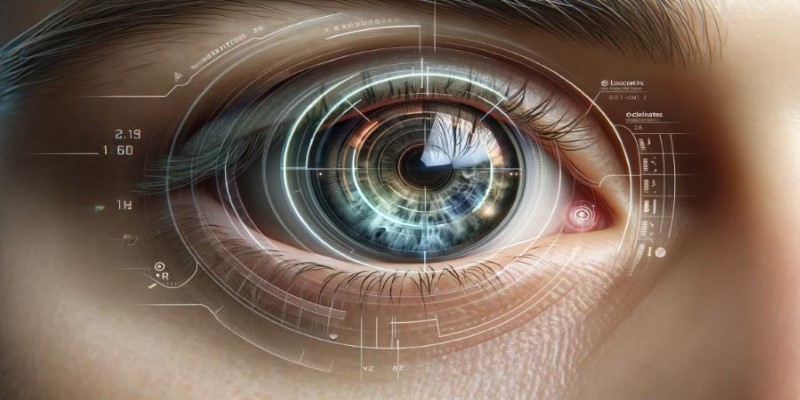
Cost is another barrier. High-quality eye-tracking technology requires specialized sensors and processing power, increasing the price of VR headsets. This makes it harder for average consumers to access devices with built-in eye tracking, though prices are expected to decrease as technology advances.
Despite these challenges, the future of VR eye tracking looks promising. As hardware improves, tracking will become more precise, efficient, and accessible. AI-driven enhancements will further refine accuracy, reducing errors and improving response times. In the coming years, VR eye tracking is expected to become a standard feature in headsets, revolutionizing everything from entertainment to healthcare.
Conclusion
VR eye tracking is transforming how people interact with virtual environments. By monitoring eye movements, this technology makes VR experiences more immersive, responsive, and efficient. From foveated rendering that boosts performance to hands-free interactions that enhance accessibility, the possibilities are endless. While challenges remain in terms of accuracy and cost, continuous advancements are pushing the boundaries of what VR can achieve. As the technology evolves, eye tracking is set to become a fundamental part of virtual reality, paving the way for smarter and more intuitive digital experiences.
